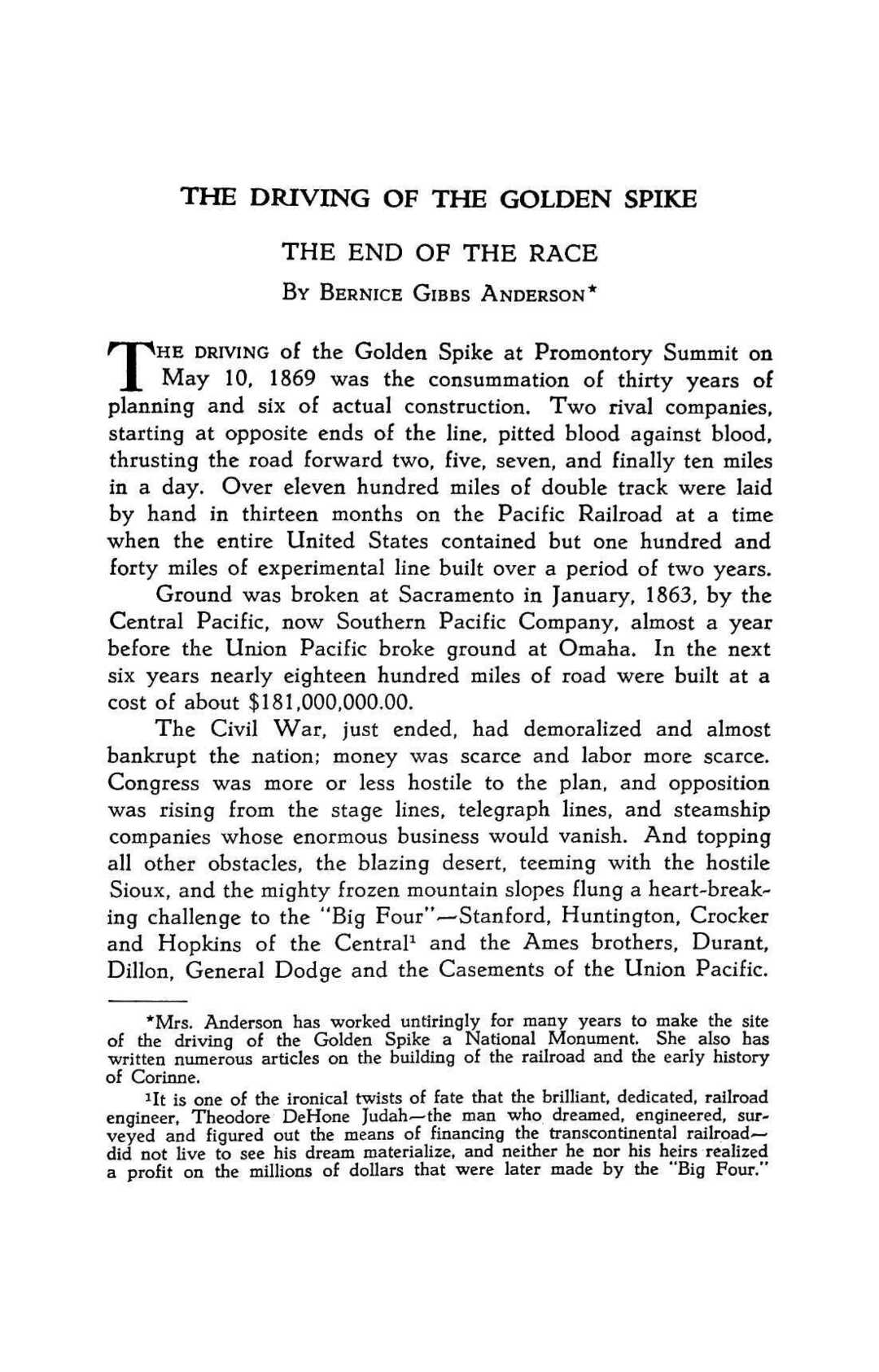J O U R N A L S OF T H E LEGISLATIVE ASSEMBLY T E R R I T O R Y OF U T A H S E V E N T H A N N U A L SESSION, 1857-1858 COMPILED BY EVERETT L. COOLEY*
INTRODUCTION
I
N July 1857, the inhabitants of Utah, while celebrating their entry into the valley of the Great Salt Lake, received news that federal troops were enroute to Utah to quell a supposed Mormon rebellion against federal authority. The nearer the army approached Utah, greater grew the fervor of the Mormons to resist further maltreatment at the hands of gentiles*—be they armed mobs, state militias, or federal troops. Various schemes were planned, and a few effected, to prevent or at least delay the troops' entry into Utah Territory. Although the army did enter the territory, lack of supplies and severe winter weather prevented the troops from passing through the Wasatch Mountains into the centers of population. Due to this mcmentous event in Utah history, variously known as "The Utah W a r , " "The Coming of Johnston's Army," or "The Utah Expedition," many of the normal functions of church and state were severely curtailed. The Utahans were living under martial law, so their activities were closely supervised. Rather than peacefully submit to the domination by unfriendly forces, the leaders of the Mormon Church, who were in most cases also the elected officers of the territorial government, decided upon a scorched earth policy. At least this was their announced intent. Consequently, many families from the northern settlements were directed southward'—their ultimate destination they knew not where. Likewise, the only press in Utah— used to print the Deseret News—also was moved south. It was freighted to Fillmore and then farther south to Parowan, Iron County. 1 * Director of the State Archives, a division of the Utah State Historical Society. 1 For an interesting account of this ''move south" see Hosea Stout journal, September 27, 1857—July 10, 1867, in Utah State Historical Society library manuscript collection.




















